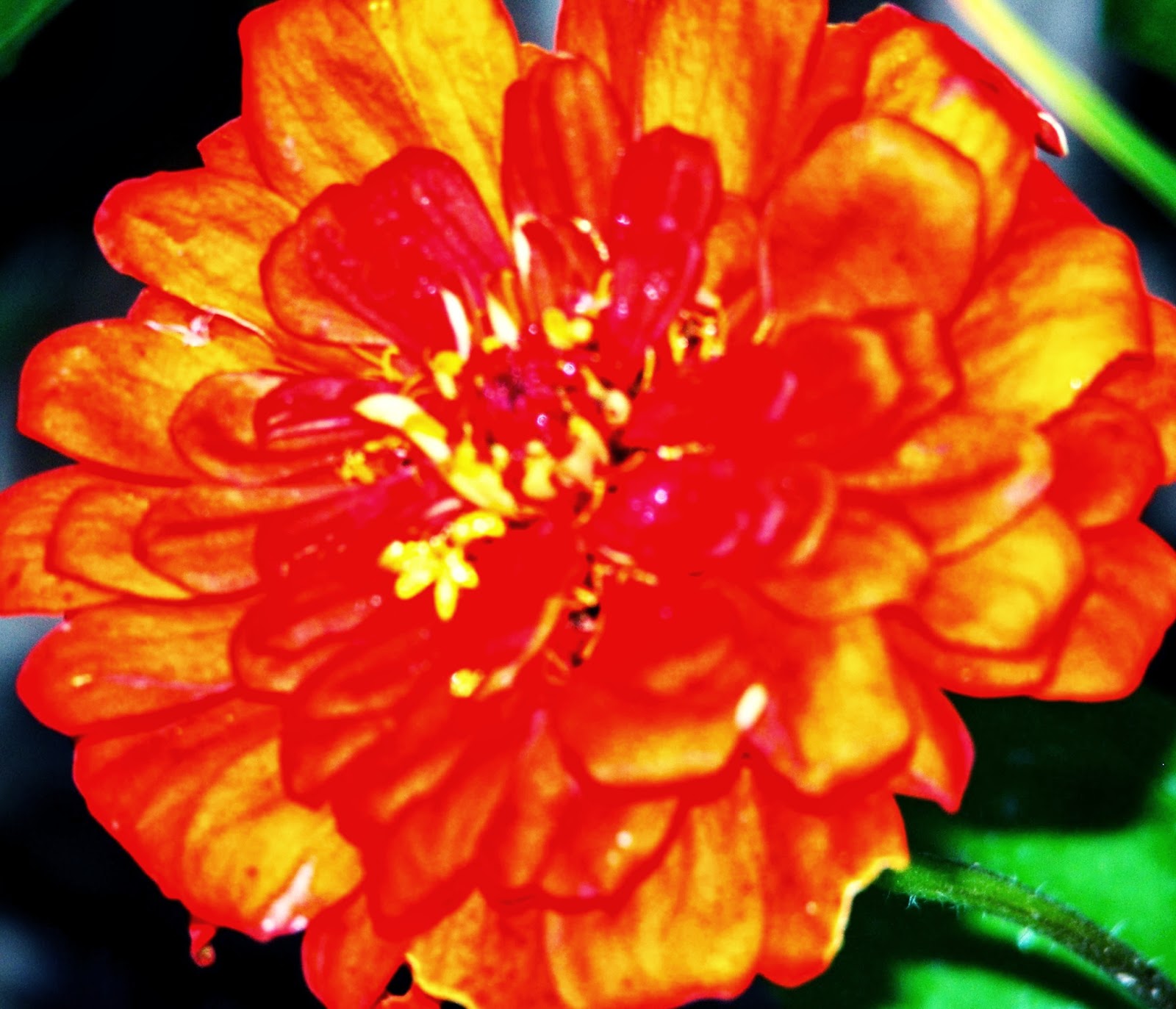Downy Woodpeckers may be the hyperactive children of the bird world. They don't soar, glide, perch or coo. They hop, jerk, bounce and are energetically perky. I like the punk hairdo on this little guy.
Some facts about this little bird:
The Picoides pubescens is the smallest woodpecker in Illinois, measuring just over six inches. It's found year-round in all but the very lower portion of a few southwest states and the very northern part of Alaska. I think we can assume they are pretty durable and easily withstand adversity.
Males and females look similar except the male has a bright red bar on the back of his head. As you can see from the photos, they are black and white in a very bold pattern. Their coloring may slightly vary in the Pacific northwest and Rocky Mountain areas. Juvenile Downy have a red cap on top of their head.
They are considered "common" which means they are most everywhere and not endangered. I'd call them opportunists because they not only live in wooded areas but also in suburbs, gardens, roadsides, parks and most everywhere!
They will frequent feeders and suet stations. Their favorite meal is insects found beneath tree bark or in and among weeds. Good news: They eat pest insects such as corn earworm, tent caterpillars, bark beetles, and apple borers I've never heard they cause tree damage by extracting insects. 75% of their diet is insects and the rest is seeds and fruits. If fed during the winter, they will remain quite loyal to your location. In addition to suet feeders, try black oil sunflower seeds, mullet, peanuts and chunky peanut butter.
While most woodpeckers are pretty standoffish, the Downy comes the closest to being friendly by taking advantage of the food from humans and joining mixed flocks of chickadees, nuthatches, creepers and kinglets especially during the winter.
Once a year, the female lays four to six pure white eggs in a hole in a tree. The hole is excavated by the pair in a dead limb or tree and it takes 1-3 weeks. The cavity is larger as it drops down to hold the eggs and nesting mother. It is lined only with wood chips. They also roost in these holes in the winter.
This is an especially good time to again tell you that a totally perfect stand of deciduous trees doesn't attract a wide variety of birds. Killing every insect without your sphere will drive the Downy and other insect eating birds away. Say "no" to indiscriminate chemical pesticide use.
Some facts about this little bird:
The Picoides pubescens is the smallest woodpecker in Illinois, measuring just over six inches. It's found year-round in all but the very lower portion of a few southwest states and the very northern part of Alaska. I think we can assume they are pretty durable and easily withstand adversity.
 |
| Female downy navigating up to the feeder. |
They are considered "common" which means they are most everywhere and not endangered. I'd call them opportunists because they not only live in wooded areas but also in suburbs, gardens, roadsides, parks and most everywhere!
They will frequent feeders and suet stations. Their favorite meal is insects found beneath tree bark or in and among weeds. Good news: They eat pest insects such as corn earworm, tent caterpillars, bark beetles, and apple borers I've never heard they cause tree damage by extracting insects. 75% of their diet is insects and the rest is seeds and fruits. If fed during the winter, they will remain quite loyal to your location. In addition to suet feeders, try black oil sunflower seeds, mullet, peanuts and chunky peanut butter.
 |
| Downy hanging upside down on beef suet. |
While most woodpeckers are pretty standoffish, the Downy comes the closest to being friendly by taking advantage of the food from humans and joining mixed flocks of chickadees, nuthatches, creepers and kinglets especially during the winter.
Once a year, the female lays four to six pure white eggs in a hole in a tree. The hole is excavated by the pair in a dead limb or tree and it takes 1-3 weeks. The cavity is larger as it drops down to hold the eggs and nesting mother. It is lined only with wood chips. They also roost in these holes in the winter.
This is an especially good time to again tell you that a totally perfect stand of deciduous trees doesn't attract a wide variety of birds. Killing every insect without your sphere will drive the Downy and other insect eating birds away. Say "no" to indiscriminate chemical pesticide use.
-
More interesting facts:When farmers stopped using wood fence posts and either went to metal or removed them altogether, the population declined. It has now increased to over 14 million in the US and Canada since they have adapted so well to new growth woods.When mating they fly between trees making their flight look like that of a butterfly.Their eggs are about the size of a woman's thumb nail.The baby bird has a hook on the end of it's bill so it can break out of the shell. That hook goes away.The male is dominate over the female and will chase her away from prime feeding places. They typically bond for life sharing incubating and feeding duties with the kids.To attract this bird to your yard try planting serviceberry, dogwood, mountain ash or Virginia creeper; all berry producersIf you wonder why this has an odd white background that makes it more difficult to read, I tried to paste a really cool link to a recording of the Downy and it did this to part of the article and wouldn't come off. I know I know - someone (probably a 12 year old) knows how but I don't - SORRY!





.JPG)
.JPG)








.JPG)


.JPG)





.JPG)


